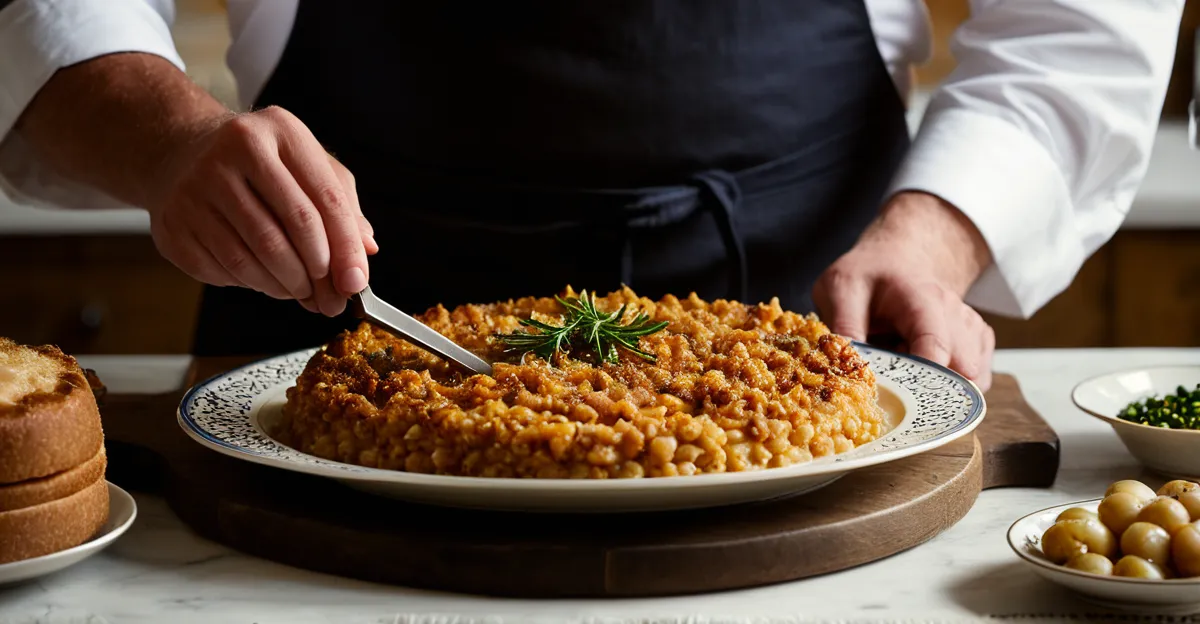Core Influence of Traditional UK Recipes on Culinary Identity
Traditional UK recipes form the backbone of British cultural heritage, deeply influencing the nation’s culinary identity. These recipes are not merely food preparations but serve as powerful connectors to history and family, anchoring a shared sense of identity. For instance, iconic dishes such as roast dinners, hearty pies, and slow-cooked stews are more than meals—they are culinary rituals passed down through generations, symbolizing continuity and belonging.
The role of these recipes in shaping British culinary identity is enduring. Traditional dishes are often prepared during significant family events and holidays, reinforcing their cultural importance. This transmission across generations doesn’t just preserve recipes; it sustains a collective culinary identity that highlights local ingredients and cooking methods intrinsic to British life.
Also to see : How can you create a delicious bubble and squeak with leftovers?
Moreover, the rich symbolism embedded in these recipes cultivates national pride and a connection to the land and history. Traditional UK recipes thus act as pillars of British food culture, reminding us that culinary practices are vital expressions of cultural heritage and identity.
Historical Context and Evolution of British Cuisine
Understanding British food history reveals how traditional UK recipes evolved through complex cultural and historical dynamics. Early regional influences were deeply tied to local produce and agriculture, which shaped the availability of ingredients and methods of food preparation. For example, farming practices in different parts of the UK determined which meats, vegetables, and grains featured prominently in local dishes.
This might interest you : How do you prepare a classic steak and kidney pie?
Historical events such as Roman occupation, Viking incursions, Norman conquest, and later colonial expansion critically influenced British culinary evolution. Each era introduced new ingredients, cooking techniques, and flavors that were absorbed and adapted into the existing food culture. Romans brought spices and sophisticated cooking methods; Vikings introduced preserved foods and hearty stews; the Normans influenced baking and game preparation, while colonialism expanded access to spices, sugar, and tropical products.
The continuous adaptation across centuries created the diverse array of traditional UK recipes seen today. This evolution underscores how British cuisine is not static but a tapestry woven from multiple historical and regional threads. Appreciating this historical context enriches our understanding of the enduring role of traditional recipes in forming a distinctive culinary identity linked to broader British cultural heritage.







